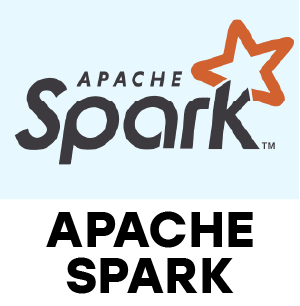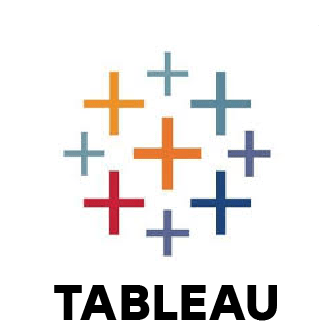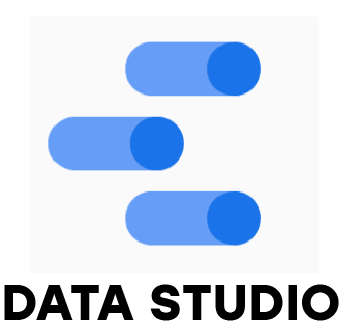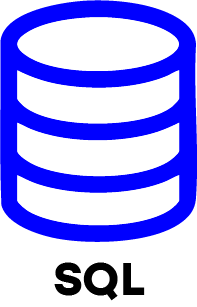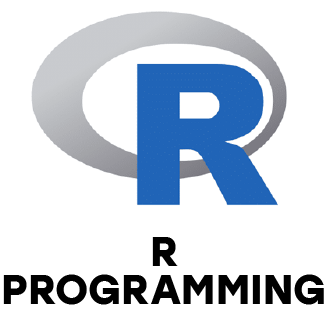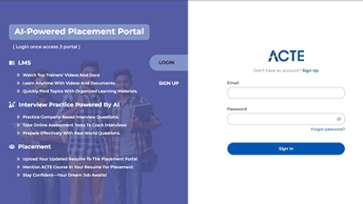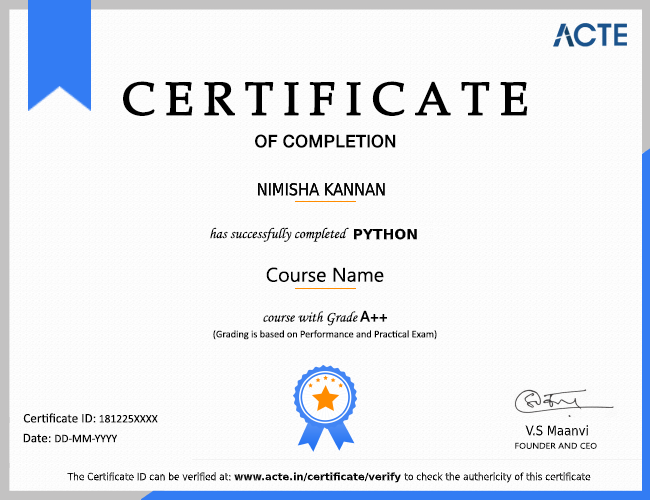About Big Data Masters Program Course
We would do whatever it takes to make this a definitive Big Data Masters Program course. We will try to cover almost all the topics related to Big Data Masters Program technology. This place would be your unique destination to learn Big Data Masters Program.
Learning Big Data Masters Program can help open up many opportunities for your career. It is a great skill-set to have as many roles in the job market requires proficiency in Freshers Masters. Mastering Big Data Masters Program can help you get started with your career in IT Companies like Paypal, Capgemini, Accenture, Mphasis, CTS and MindLabs, etc. are all hiring Big Data Analysts.
This course will not only cover the core issues but will also cover many more advanced topics. This course is going to be one of the most comprehensive Program course on ACTE. Dot Net, Java, Python, advanced topics PHP Essentials; THERE IS NO PROBLEM. Everything is covered.
Big Data has the Familiarity to influence the IT industry with few new technologies or trends have done. It gives massive information caches that can help companies to improve their decision-making on another level.
Big Data is an opportunity to collect and preserve whatever data generation. There is a large amount of data floating around. It helps to improve the business, decisions making and providing a big edge over the competitors.
Big Data Analyst should have knowledge on large amount of data floating . This Specialization is designed primarily for data engineering professionals seeking to enter the fields as a Big Data Analyst.
We are happy and proud to say that we have a strong relationship with over 700+ small, mid-sized, and MNCs. Many of these companies have openings for Big Data Engineer. Moreover, we have a very active placement cell that provides 100% placement assistance to our students. The cell also contributes by training students in mock interviews and discussions even after the course completion.
It is easy to become a Big Data Engineer mainly focused on a lot of data floating helps the organization made the Decision on handling the data. It just needs to be able to recognize, understand, prioritize and apply data with Hadoop technologies.
- Basics of Java.
- Basic of SQL Programming.
- Linux Commands.
- BigData Hadoop Guidance.
- Apache Spark & Scala.
Big Data Engineer should know the basic concepts of SQL programming languages and Hadoop technologies. Knowledge of various cloud technology is another need for Analysts.
Our courseware Program gives a hands-on approach to the students in Big Data Masters Program. This course deals with theory classes that teach the basics of modules followed by high intensity, Practical Sessions reflecting the current challenges that fulfill the Industrial Needs.
The salary offered is often very high for data engineering professionals. There are a variety of opportunities available across many domains. In this field, you can be an attractive one for the professionals looking for a sharp growth and learning curve in their career.
Three-Four months is long enough to learn a considerable amount of Big Data Masters Program. If the concern already knowing the basics of SQL Programming language, then two months would be a generous amount of time to learn enough Big Data Masters Program meaningfully contribute in a professional capacity.
- Creative Flexibility. You know about multiple aspects of development.
- Better Productivity.
- High Demand. The demand for Big Data Masters Program is high.
- Great Pay. The average salary of Freshers Masters developers in India is around 6 LPA.
Show More


